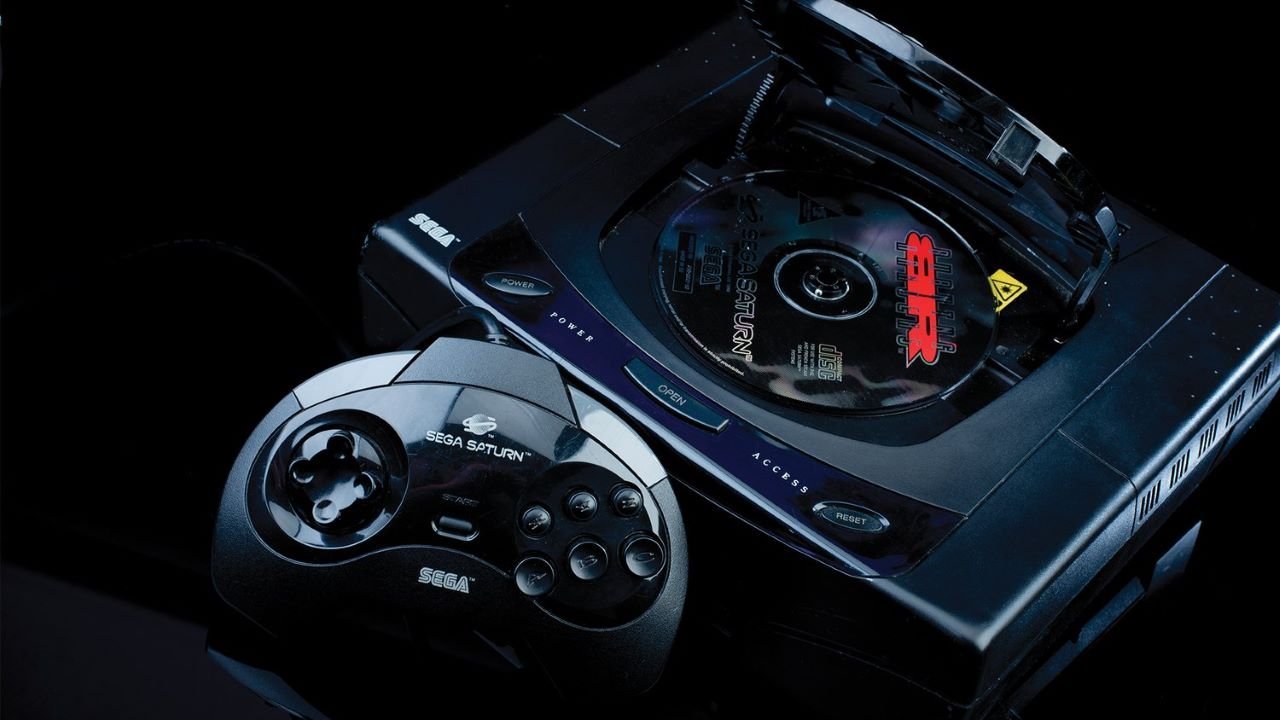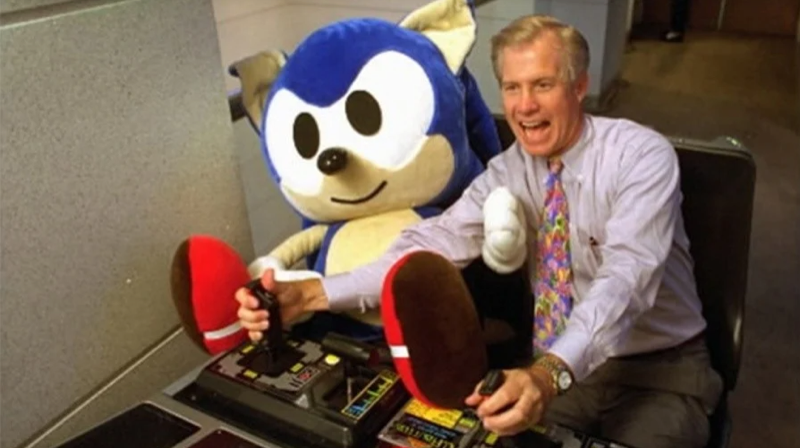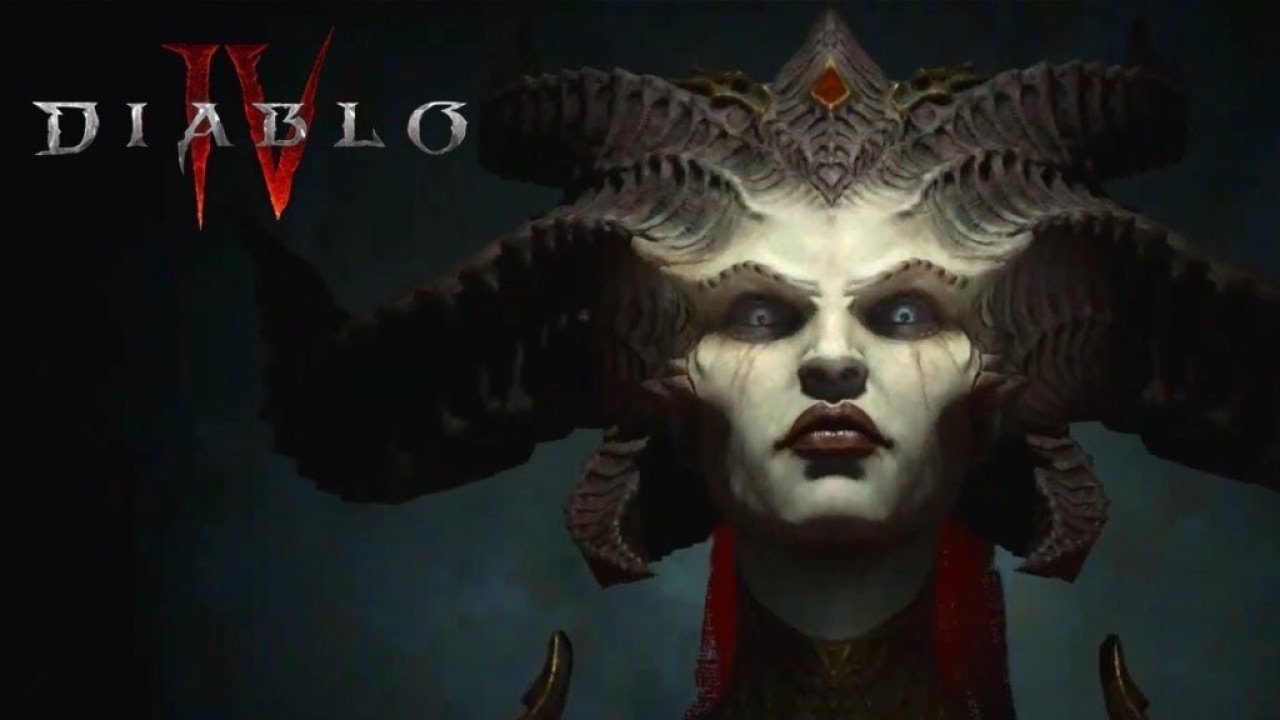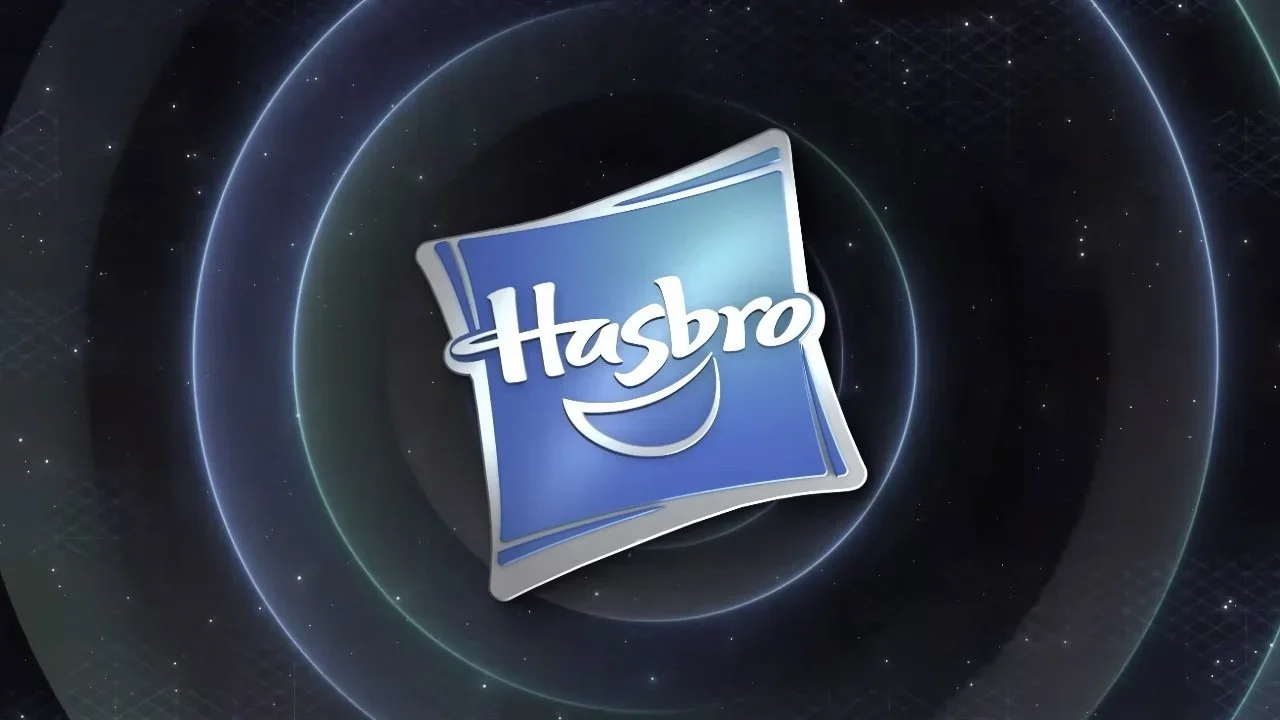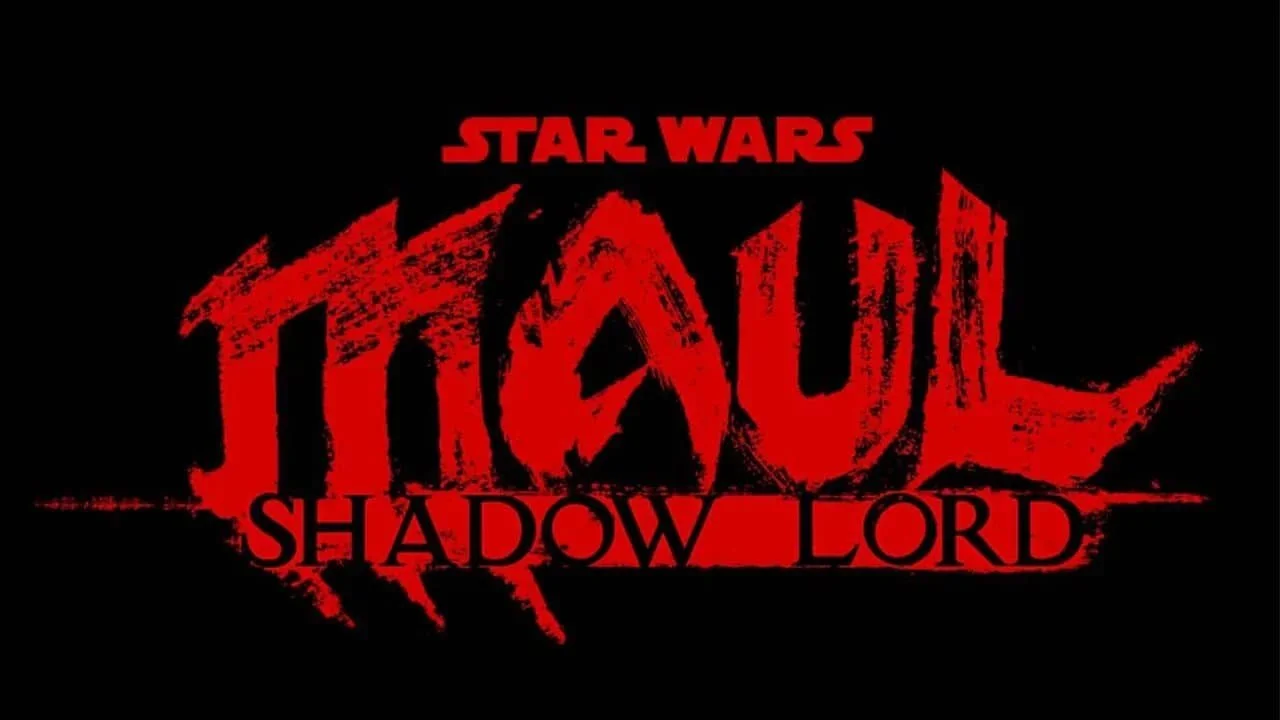Sega Saturn And Its Time On The Market: A Console Retrospective
Image Source: GamesRadar
The Sega Saturn was a video game console released by Sega in 1995. It was the successor to the Sega Genesis and was designed to compete with the Sony PlayStation and the Nintendo 64. However, despite initially strapping sales and a strong lineup of games, the Sega Saturn struggled to find a foothold in the market and was eventually discontinued in 1998.
The Sega Saturn was released in Japan in November 1994 and North America and Europe in May 1995. It was the first 32-bit console on the market and featured a quad-core central processing unit and support for both 2D and 3D graphics. It also had a relatively large game library, with over 900 games released for the console.
RELATED:
NiGHTS into Dreams
Image Source: Push Square
One of the major selling points of the Sega Saturn was its vigorous lineup of exclusive games. These included popular series such as Sonic the Hedgehog, Virtua Fighter, and Shinobi, as well as original titles like Panzer Dragoon and NiGHTS into Dreams. The Sega Saturn was also the first console to offer online multiplayer gaming, with the release of the Sega NetLink modem in 1996.
Despite its impressive initial sales and a strong lineup of games, the Sega Saturn faced many challenges that ultimately led to its decline. One of the utmost issues was its high price point. The Sega Saturn was more expensive than its competitors, $399 at launch compared to $299 for the Sony Playstation One, which made it less appealing to consumers. In addition, the console faced extreme competition from the Sony PlayStation One and the Nintendo 64, which had larger game libraries and more widespread support from developers.
Sega CEO Tom Kalinske
Image Source: Nintendolife
Another factor that contributed to Sega Saturn's decline was Sega's decision to release the console with a surprise launch. Sega of America CEO Tom Kalinske initially announced that the Sega Saturn would be launched in the United States on September 2, 1995, a date that was dubbed "Saturnday." However, Sega of Japan decided on an earlier launch to get ahead of Sony's PlayStation console. During a keynote presentation at the first Electronic Entertainment Expo (E3) on May 11, 1995, Kalinske disclosed that the Saturn would be sold for $399, including a copy of Virtua Fighter, and discussed its features. He also announced that 30,000 Saturns had already been shipped to Toys "R" Us, Babbage's, Electronics Boutique, and Software Etc. for immediate release, citing "high consumer demand." Unfortunately, the surprise releases upset retailers who had not been informed of the decision, including major chains like Best Buy and Walmart. KB Toys even went so far as to drop Sega from its lineup.
In the face of these challenges, Sega Saturn struggled to find a foothold in the market and its sales began to decline. After the debut of the Nintendo 64 in late 1996, Sega Saturn rapidly lost market share in the U.S. Despite efforts to revitalize the console with new hardware and software releases it ultimately failed to regain its market share. Having sold 9.26 million units worldwide, The Sega Saturn was officially discontinued in 1998, and Sega shifted its focus to the development of the Sega Dreamcast, which was released in 1999.
Sega Saturn 25Th Anniversary
Image Source: NeoGaf
Despite its struggles, the Sega Saturn remains a significant part of video game history and is remembered for its robust lineup of exclusive games and innovative features. It was a pioneer in the development of online multiplayer gaming and helped pave the way for the modern gaming industry. Although it may not have achieved the same level of success as its competitors, the Sega Saturn will always be remembered as a salient and influential console.
READ NEXT:
Sources: The Guardian, Game Informer, Sega Retro

